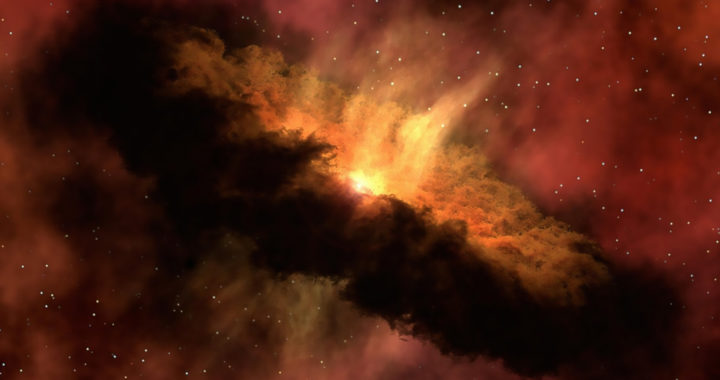There seems to be an abundance of holes in the universe and in the realms of theoretical physics. Drawing from the works of Albert Einstein, in addition to the works of other physicists, scientists have either identified or theorized the existence of these “holes” or specific regions of spacetime and singularity with unique characteristics. These are black holes, white holes, and wormholes. But what exactly is the difference between these three?
Understanding The Difference Between Black Hole, White Hole, and Wormhole
Einstein introduced the General Theory of Relativity in 1915. It served as the basis for the geometric model of gravity and refined the Newtonian model of gravity. It specifically describes gravity as a geometric property of space and time or the four-dimensional spacetime.
The theory also gave birth to the Einstein field equations which draw the relationship between the geometry of spacetime and the distribution of matter within it.
Both the General Theory of Relativity and the Einstein field equations inspired Einstein and other theoretical physicists to conceptualize and explore further the possible presence of black hole, white hole, and wormhole in the universe.
Black Holes
Einstein was not the first to hypothesize about black holes. English natural philosopher and clergyman John Michell published a letter in 1784 addressed to his fellow natural philosopher Henry Cavendish. It briefly described the possible presence of a massive body in the universe that is so big that even light could not escape from it.
The same letter also mentioned that this body would be formed when the diameter of a star surpasses the diameter of the Sun by a factor of 500 and its surface velocity exceeds the usual speed of light. He called this massive body a dark star.
Scientists were enthusiastic about the idea. However, following the growing acceptance of the wavelike property of light in the early 19th century, interest died out. It was unclear how gravity could influence escaping light waves.
The Theory of General Relativity demonstrated how gravity influences the motion of light. It also predicts that an adequately compact mass can deform spacetime and result in a gravitational collapse. Scientists called this collapse a black hole beginning in the 1960s after physicist Robert H. Dicke used the term in reference to the Black Hole of Calcutta prison.
White Holes
Russian theoretical physicist and cosmologist Igor Novikov put forward the possible existence of white holes in 1964. He argued that these bodies can be predicted as part and extension of a solution to the Einstein field equations called the Schwarzschild metric. A white hole was described as an eternal black hole with no charge and rotation.
Note that black holes can be entered only from the outside and from which light, information, energy, and matter cannot escape. The opposite happens in white holes. It cannot be entered from the outside but light, information, energy, and matter can escape from it.
A white hole is essentially a time-reversed black hole or a black hole running backward in time. The event horizon of a black hole is considered a sphere of no return while the event horizon of a white hole is described as an impenetrable boundary.
Other theorists argue that a black hole and a white hole represent the two sides of the same coin. However, some have argued that holes could not exist because they violate the second law of thermodynamics which states that disorder or entropy in the universe can either remain the same or increase but it can never decrease. White holes decrease entropy.
Wormholes
The Einstein-Rosen bridge or wormhole is another concept derived from a special solution of the Einstein field equations. It is a speculative structure in space that connects disparate points in spacetime. Some visualize it as a tunnel with two ends at separate points in spacetime or different locations and points of time in the universe.
American theoretical physicist John Archibald Wheeler coined the term “wormhole” in 1957 although the idea was put forward in 1928 by German mathematician and theoretical physicist Hermann Weyl. It is consistent with the General Theory of Relativity.
Wormhole theoretically connects long distances that are billions of light years apart, as well as short distances of a few meters or different points in time and even different universes. Others consider it as a tunnel connecting two black holes.
The existence or artificial creation of wormholes opens possibilities for long-distance space travel and even time travel. However, some regard them as intrinsically unstable. Furthermore, although they are derived from the Einstein field equations and are consistent with the General Theory of Relativity, their existence remains to be seen.
Summarizing the Difference Between Black Hole, White Hole, and Wormhole
All three concepts discussed above were derived from the General Theory of Relativity of Albert Einstein and the Einstein field equations. There are key differences between the three. A black hole has a strong gravitational pull that even light cannot escape it. A white hole does the exact opposite. A wormhole is a theoretical passage through spacetime.





